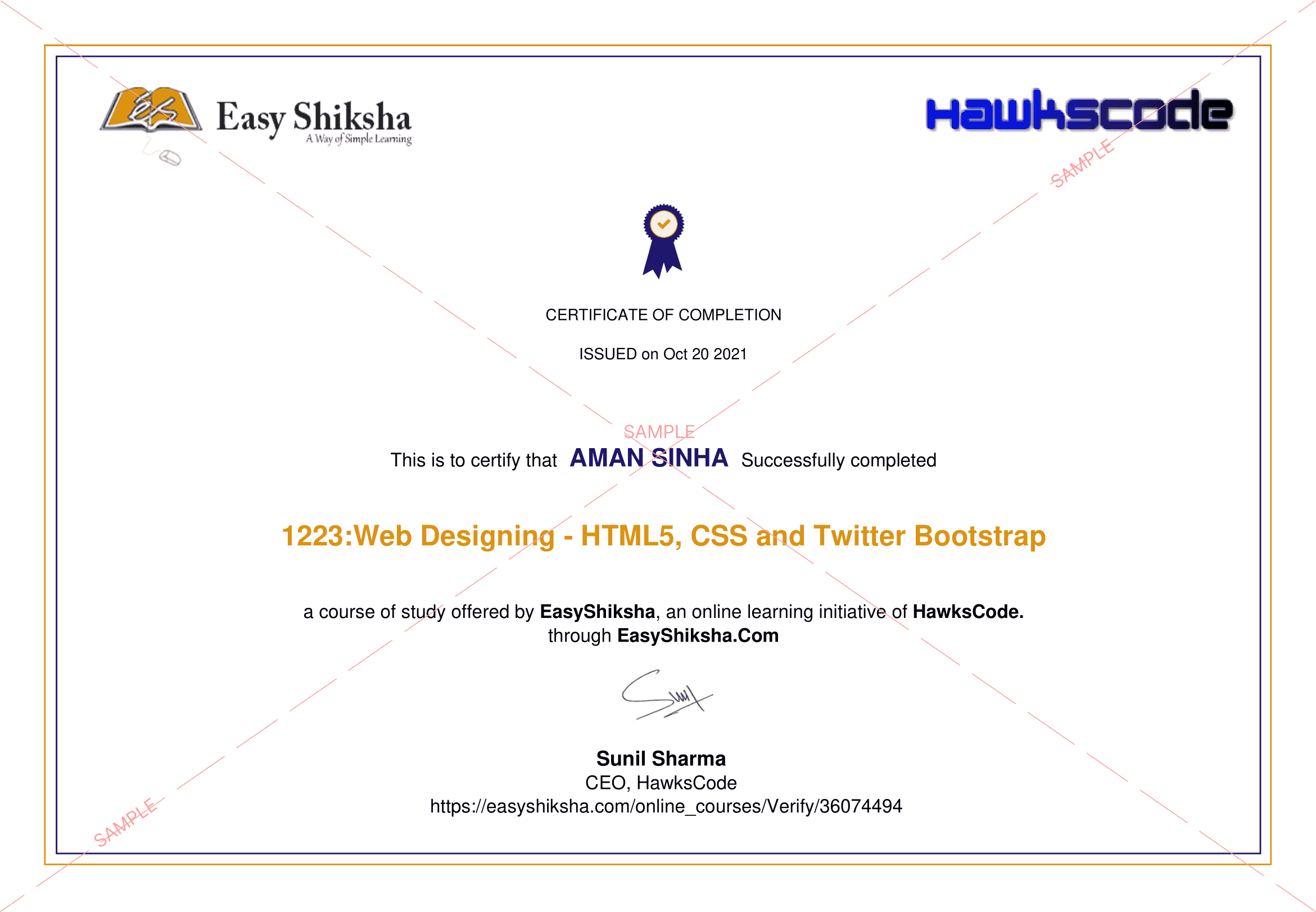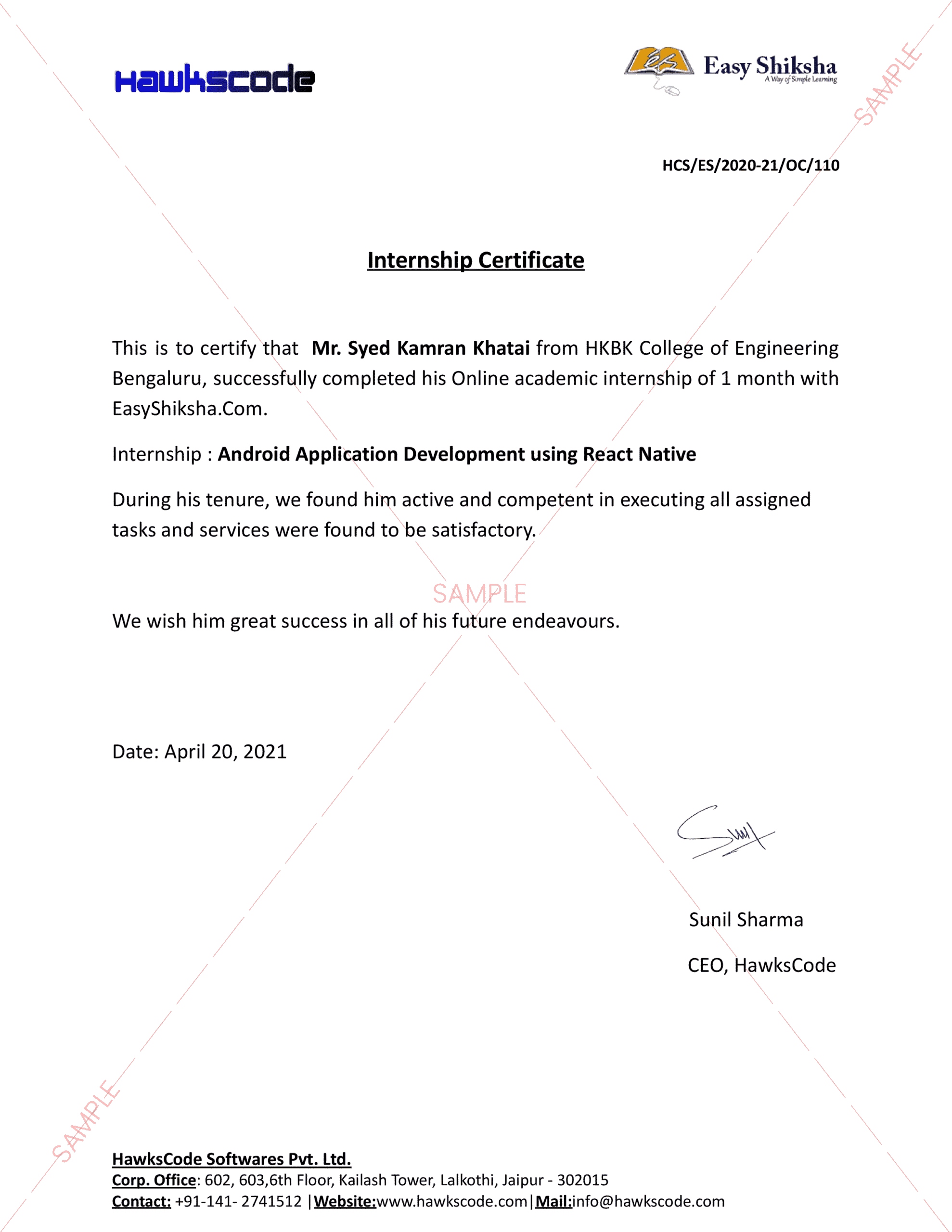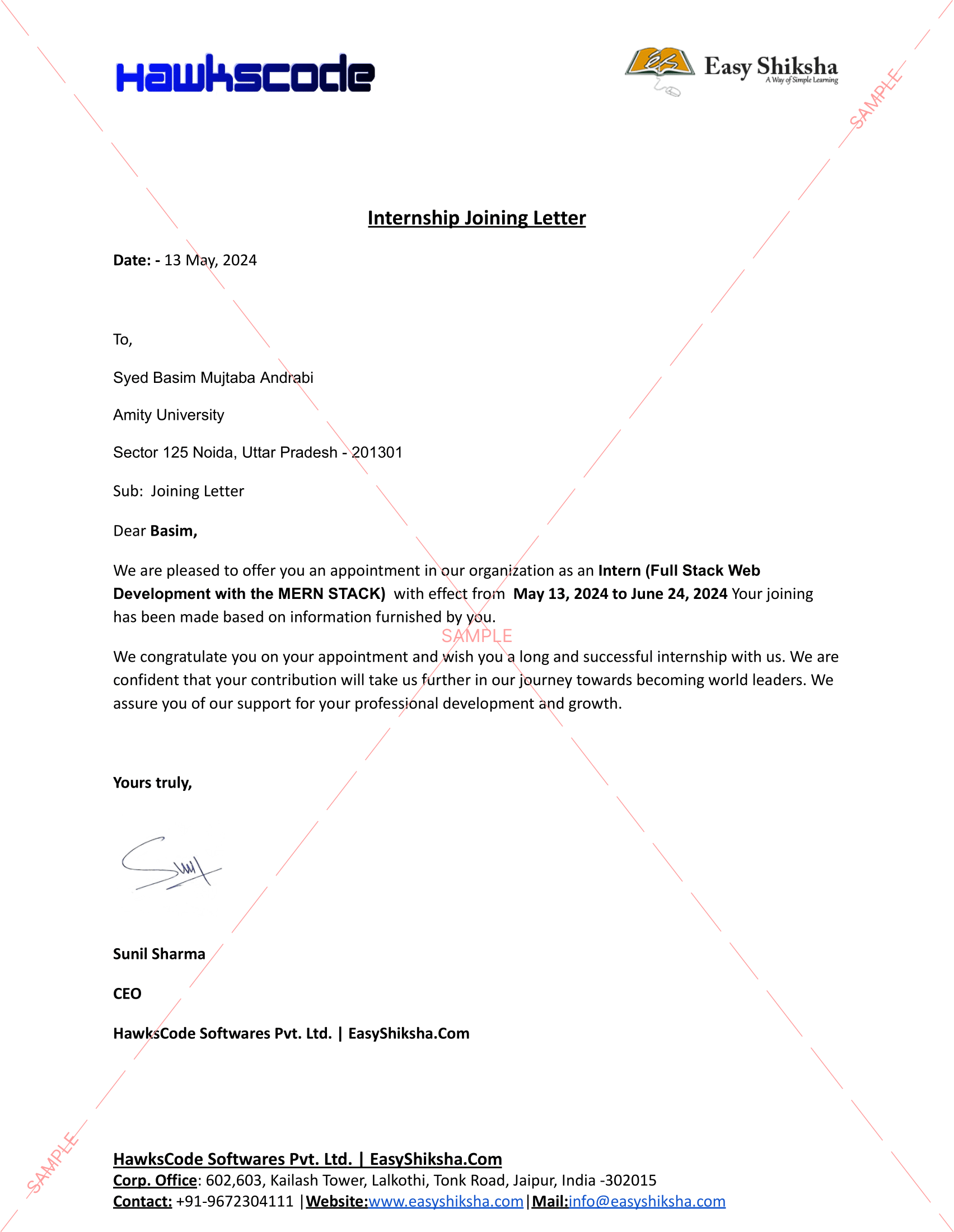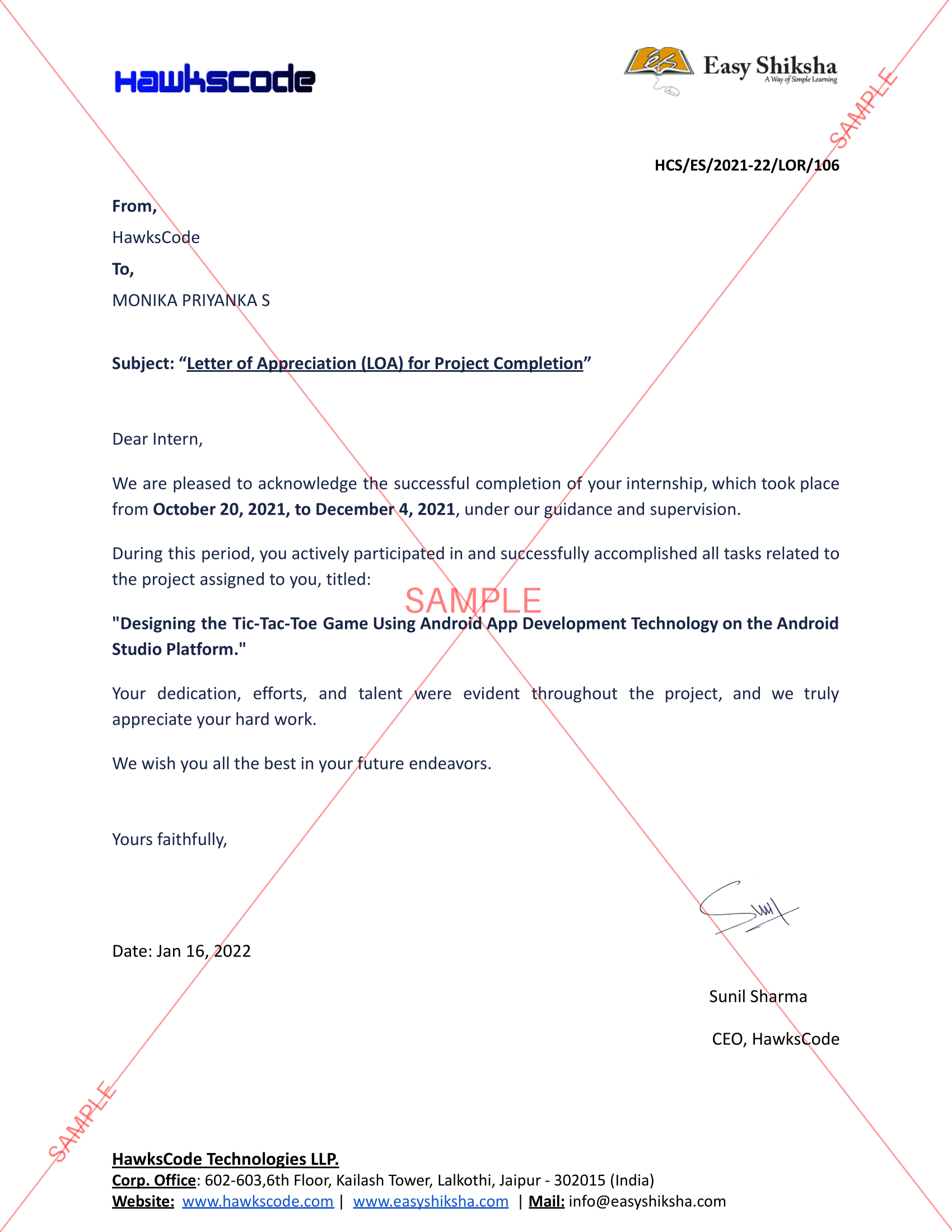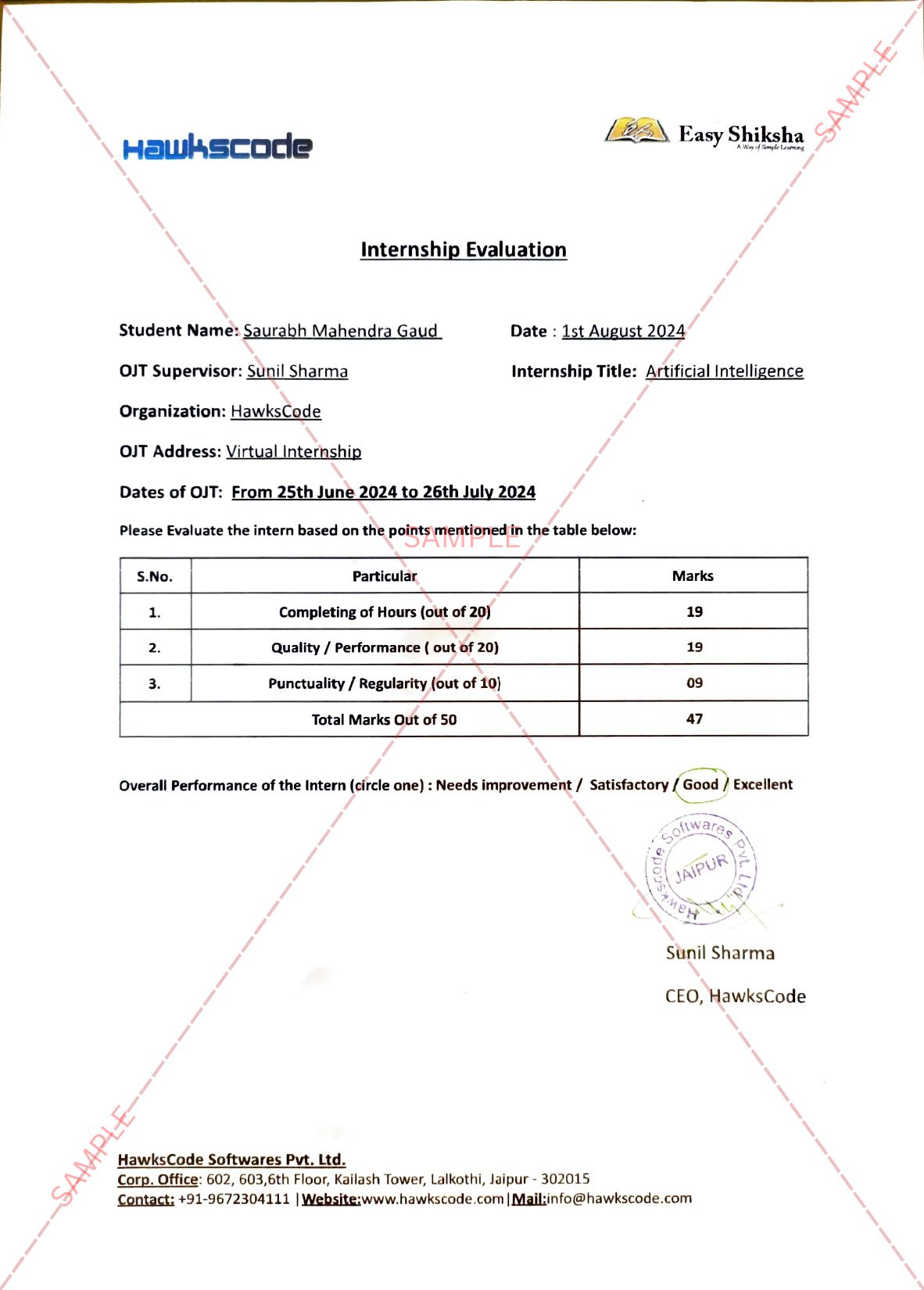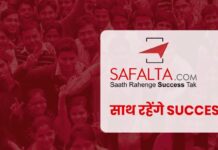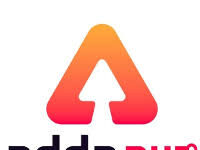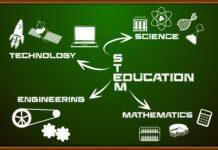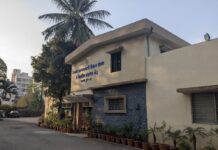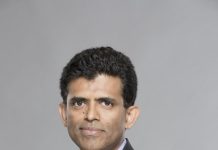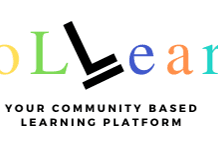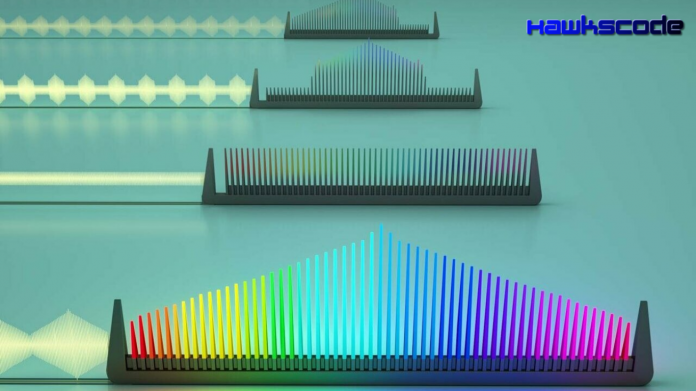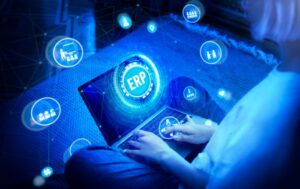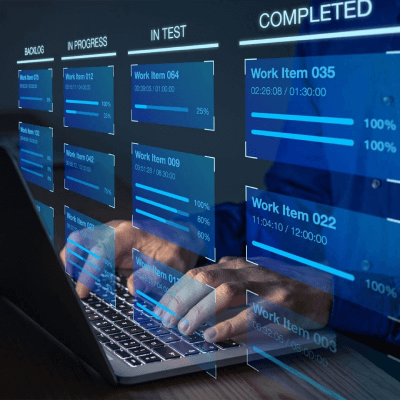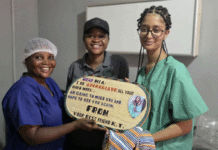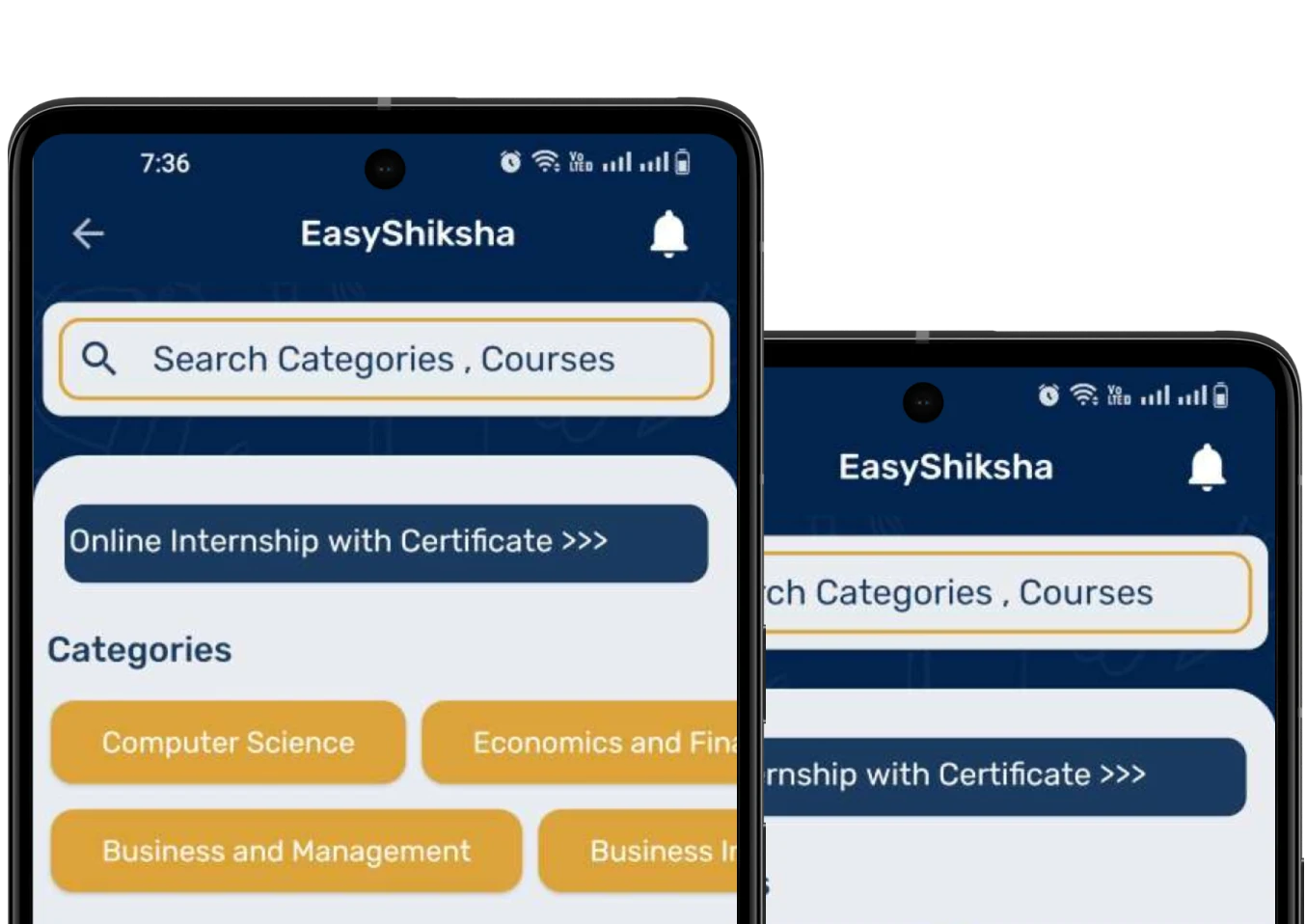Photonic microwave generation using on-chip optical frequency combs
Photonic microwave generation using on-chip optical frequency.In our information society, the synthesis, distribution, and processing of radio and microwave signals are ubiquitous in wireless networks, telecommunications, and radars. A key building block of microwave photonics is optical frequency combs, which provide hundreds of equidistant and mutually coherent laser lines. They are ultrashort optical pulses emitted with a stable repetition rate that corresponds precisely to the frequency spacing of comb lines. The photodetection of the pulses produces a microwave carrier. To learn more tech things visist Easyshiksha.

Important Announcement – EasyShiksha has now started Online Internship Program “Ab India Sikhega Ghar Se”
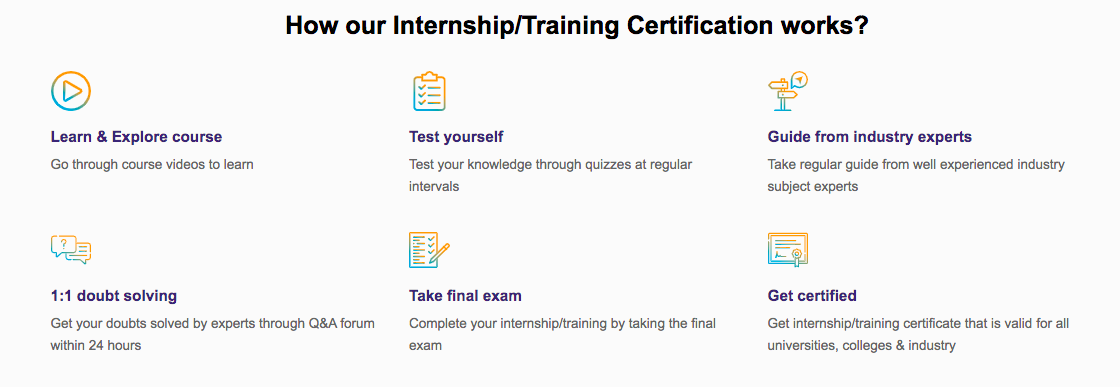
In recent years there has been significant progress on chip-scale frequency combs generated from nonlinear microresonators driven by continuous-wave lasers. These frequency combs rely on the formation of dissipative Kerr solitons, which are ultrashort coherent light pulses circulating inside optical microresonators. Because of this,it is called ‘soliton microcombs.’
Publishing in Nature Photonics, an EPFL research team led by Tobias J. Kippenberg has now demonstrated integrated soliton microcombs with repetition rates as low as 10 GHz. This was achieved by significantly lowering the optical losses of integrated photonic waveguides based on silicon nitride.
Top Courses in Software Engineering
Silicon nitride, Si3N4, is an excellent material for many CMOS applications, but it raises the threshold power level to create solitons. This effect keeps the repetition rate of soliton frequency combs too high to form signals in the X-band (around 10 GHz) and the K-band (roughly 20 GHz). The only way to get the repetition rate down to microwave levels was to use air cladding.
A low-noise continuous-wave fiber laser operating at 193 THz generated the solitons entering the photonic chip, creating combs with more than 300 frequency lines within a bandwidth of 3 dB.
I hope you like this blog, Photonic microwave generation using on-chip optical frequency. You can also learn about Quantum Computer Chips.
Empower your team. Lead the industry
Get a subscription to a library of online courses and digital learning tools for your organization with EasyShiksha
Request NowQ. Are EasyShiksha's internships truly free?
Yes, all internships offered by EasyShiksha are completely free of charge.
Q. How can I apply for an internship with EasyShiksha?
You can apply by visiting our website, browsing available internships, and following the application instructions provided.
Q. What types of internships are available through EasyShiksha?
EasyShiksha offers a wide range of internships across technology, business, marketing, healthcare, and more. Opportunities are continuously updated.
Q. Will I receive a certificate upon completing an internship?
Yes, upon successful completion, you will receive a certificate recognizing your participation and achievements.
Q. Are EasyShiksha's internship certificates recognized by universities and employers?
Yes, the certificates are recognized by universities, colleges, and employers worldwide.
Q. Is the download of certificates free or paid?
Access to internships and courses is free, but there is a small fee to download certificates, covering administrative costs.
Q. When can I start the course?
You can choose any course and start immediately without delay.
Q. What are the course and session timings?
These are fully online courses. You can learn at any time and pace. We recommend following a routine, but it depends on your schedule.
Q. What will happen when my course is over?
After completion, you will have lifetime access to the course for future reference.
Q. Can I download the notes and study material?
Yes, you can access and download course materials and have lifetime access for future reference.
Q. What software/tools would be needed for the course?
All necessary software/tools will be shared during the training as needed.
Q. I’m unable to make a payment. What should I do?
Try using a different card or account. If the problem persists, email us at info@easyshiksha.com.
Q. Do I get the certificate in hard copy?
No, only a soft copy is provided, which can be downloaded and printed if required.
Q. The payment got deducted but shows “failed”. What to do?
Technical errors may cause this. The deducted amount will be returned to your account in 7-10 working days.
Q. Payment was successful but dashboard shows ‘Buy Now’?
Sometimes payment reflection is delayed. If it takes longer than 30 minutes, email info@easyshiksha.com with the payment screenshot.
Q. What is the refund policy?
If you face technical issues, you can request a refund. No refunds are issued once the certificate has been generated.
Q. Can I enroll in a single course?
Yes, select the course of interest, fill in the details, make payment, and start learning. You will also earn a certificate.
Q. My questions are not listed above. I need further help.
Contact us at info@easyshiksha.com for further assistance.
ALSO READ: digite-infotech-donates-to-the-govt-of-indias-covid-19-relief
Get Course: Learn-SQL-Tutorial-for-Beginners
